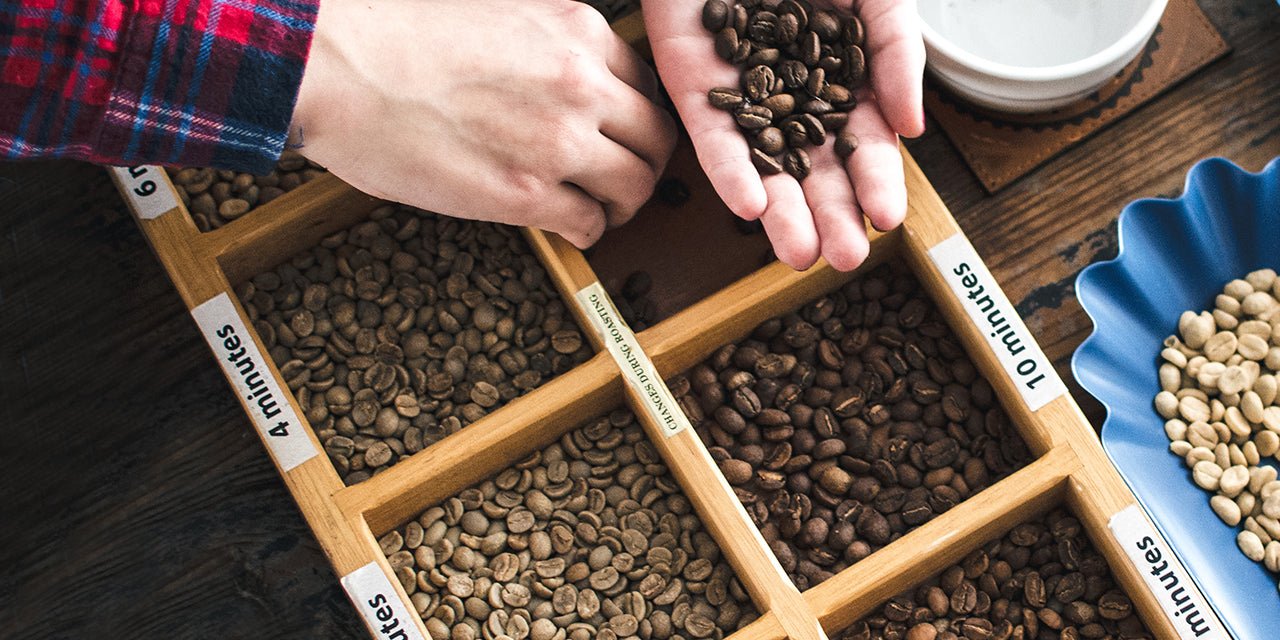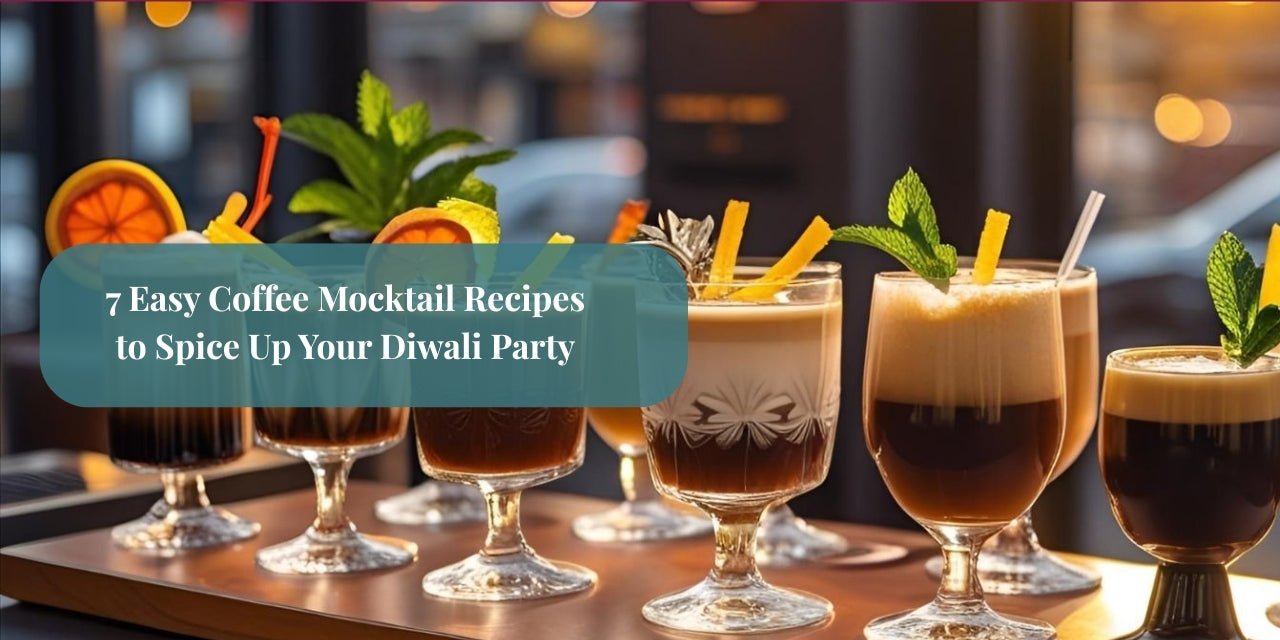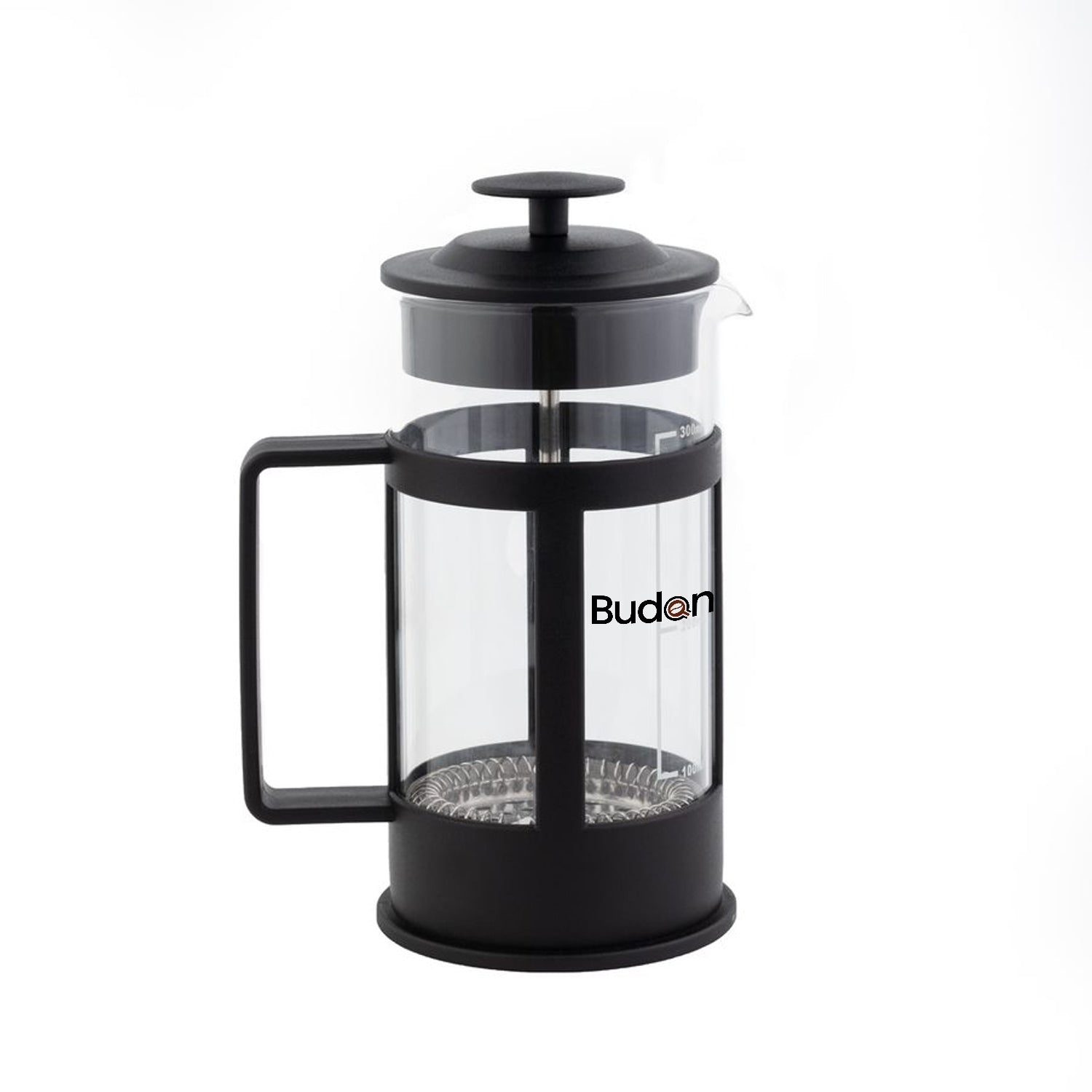To brew cafe-like at home, we need to consider the coffee’s roast profile. It has more to tell than it meets the eye.
Roast profile influences the aroma, fragrance, acidity and flavours of your coffee cup. It is among the many variables (processing method, grind size, microclimate etc) that determine the taste of the resulting coffee cup. Although each factor matters equally, understanding the roast profile will help you determine what to expect from a specific bag of beans.
Let's dig a little deeper and choose the roast profile most suitable for your brewer.
Coffee Roasts That Suit Different Types of Brewers
There are three major categories of coffee bean roasts – light, medium, and dark. Apart from these, medium dark roast is also common.
French Press
Roast Type: Light to Medium Roast
A French press brews coffee through immersion of coffee grind in hot water. So, there are chances of over-extraction which can result in a bitter cup of coffee.
To make a full-bodied and flavourful cup of coffee with a French press, we can use light to medium roast coffee. If you enjoy milk and sugar with your coffee, a medium to dark roast coffee will be a great choice.

Pour-Over
Roast Type: Medium to Dark Roast
Unlike the French press, the pour over method does not involve any immersion. Instead, we pour hot water continuously over the coffee grind and the coffee drips through the filter paper. This means the time for extraction is very short.
That is why it is recommended to use a medium to dark roast. This will ensure flavours are well-extracted. As a result, you will have a cup of a clear and delicious cup of coffee.

Espresso Machine
Roast Type: Medium to Dark Roast
Different machines perform differently when it comes to flavour extraction. However, it is safer to use medium to dark coffee roast types for most espresso machines.
You can also try out different roast profiles in the machine. This will be a great way to experiment and discover some new recipe.
Chemex
Roast Type: Medium to Dark Roast
Similar to the pour over method, the extraction time for the Chemex brewing technique is short. So, we can use medium to dark roast coffee.
Many coffee lovers prefer lightly roasted coffee as well. This too will taste good when we play with other variables.
AeroPress
Roast Type: Medium Roast
The high pressure in the Aeropress provides maximum extraction of flavours and caffeine. Although the extraction time is short, the high pressure produces a robust and tasty cup.
So, we can go for light to medium roast. This will ensure the resulting coffee is tasty and smooth.
Cold Brew
Roast Type: Dark Roast
To achieve a flavour-intensive cold brew, we can use dark roast coffee. It provides rich flavours consistently. Plus, it will taste good when we add milk or sweeteners.
Alternatively, you can choose medium roasts if you do not like the usual smoky flavours of dark roast.
Why Coffee Roasts Matter?

Roasting turns the green coffee bean to its characteristic brown colour and brings out the much-loved aroma, fragrance and flavours. The temperature and time taken to roast determines the level of roast.
The more heat a coffee bean is exposed to, the more porous and soluble it will turn. Therefore, lighter roasts are less porous than darker ones which mean the extraction is slower in lighter roast coffee.
This is why we use light roasts with brewers that take more to brew and vice versa.
What Happens When Coffee is Roasted?
Roasting exposes coffee to high temperatures which cause chemical changes in the beans. When they reach a certain temperature and pressure, the coffee starts to change its physical and chemical structure. It also increases the solubility of the coffee which helps in coffee extraction.
Some factors that change are colour, moisture and oils.
Colour
The green beans turn brown because of the production of melanoidin. Plus, the papery silver skin of the green bean called the chaff comes off during roasting.
The colour of the coffee beans also helps us identify the different roasts of coffee.
Moisture
Dried coffee beans have up to 10% to 12% of water content. During roasting, the water vaporizes, and the water content is reduced to around 2.5%.
The loss of water reduces the overall weight of the beans by up to 12% to 20%. The changes in water level and activity impact the final flavour profile.
Oils
Coffee beans contain oils. The oils move from the centre towards the surface of the beans. This explains the glossy exterior of roasted beans.
Oils also help to keep the volatile compounds inside the cell. They are an essential determinant of coffee’s flavour.
Here are some common non-volatile compounds:
- Caffeine- It affects the bitterness and body of the coffee.
- Chlorogenic acids- It creates the bitterness and acidity of the coffee. During roasting, chlorogenic acids degrade making the roast taste bitter. Hence, darker roasts have a more bitter taste than lighter ones.
- Organic Acids- These give sweetness to the coffee. Arabica contains more organic acids than Robusta coffee.
Closing Lines
Now that we have pinned down what coffee roasts go with your coffee brewer, you can start adding the coffee most suitable for your brewer in your shopping carts.
Also, these are only suggestions, you can experiment with the roast types and find your own favourite. Which of these roasts do you plan to try with your brewer?


























